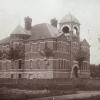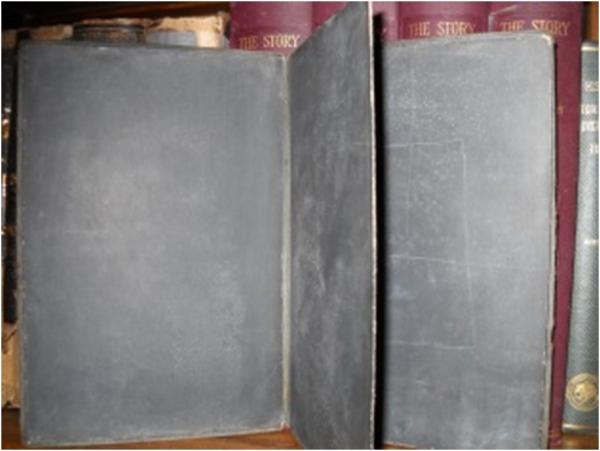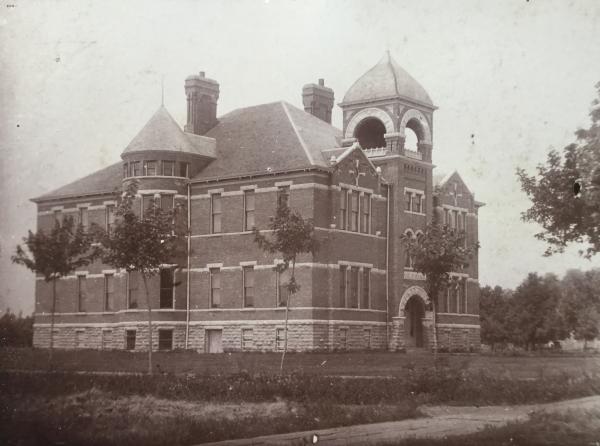Schools From the Past to Now
| Grade | 1st Grade | Class | Social Studies | Length of Lesson | 40 Minutes |
| Lesson Title | Schools From the Past to Now |
| Unit Title | Schools Long Ago |
| Unit Compelling Question | Are all schools the same? |
| Historical Context: The first schools were in private homes. After the American Revolution Thomas Jefferson argued that there needed to be a higher importance placed on education in America. Soon schools began to be established in the communities, typically a one room school house with a female teacher who taught many age levels at one time. Horace Mann was an advocate for free public education for every child. Free education began in the United States with an elementary school education. Many elementary schools were segregated, but in 1954 the United States Supreme Court said that all schools should be equal and open to all races. Now students are able to attend a free public school and receive an equal education. ~Allyson Simpson, Simpson College 2018.036.004 During the late 1800s, writing slates like this one were used in schoolhouses in Iowa and around the world. The slates were typically placed inside a wooden frame; however, they could also be bound together in a "slate book," as this one is. Students used a pencil made of slate, which is a type of rock, to write on the slates. The slates were also easy to clean using a cloth or sponge. By the 1930s, materials such as paper began replacing slates as the primary writing material used in schools. 2018.051.021 This large building was the first public school constructed in Garner, Iowa. From 1894 to 1914 this building housed all of Garner's K-12 students. The building was eventually replaced due to overcrowding and was torn down in 1967. |
|
| Lesson Supporting Question | |
| Lesson Overview | Children will take a look at how the schools from long ago have changed over the years. They will observe a variety of materials, and resources that show that schools once looked like. We will compare how schools are still similar as well as different by looking at primary documents with the skills of thinking like a historian. |
| Primary Sources Used |
|
| Resources Needed | |
| Standard | |
| Lesson Target | Student will source a photograph to make reasonable and valid statements or to ask questions. This will be measured by anecdotal notes but as well as the students writing of their observations and questions. ;Students will be able to compare and contract school buildings and routines from long ago to current time by completing a venn diagram comparing and contrasting the two with 100% accuracy. |
| Lesson Themes | |
|
| Formative Assessment (How will you use the formative assessments to monitor and inform instruction?) |
● I will access my student based upon their worksheets that they completes comparing schools from long ago, today, and then their idea of the future. |
| Summative Assessment (How does the lesson connect to planned summative assessment(s)?) |
We will be having an end of the unit exam about schools long ago and how they have changed, so it’s important that this information is getting taught and mastered to allow for all students to succeed on the unit test. |
| Author | Allyson Simpson | Created | Last Edited | ||||
| Reviewer: Dr. Chad Timm, Simpson College | |||||||
| Lesson Plan Development Notes: Social Studies Methods, Simpson College, Spring 2019 | |||||||




